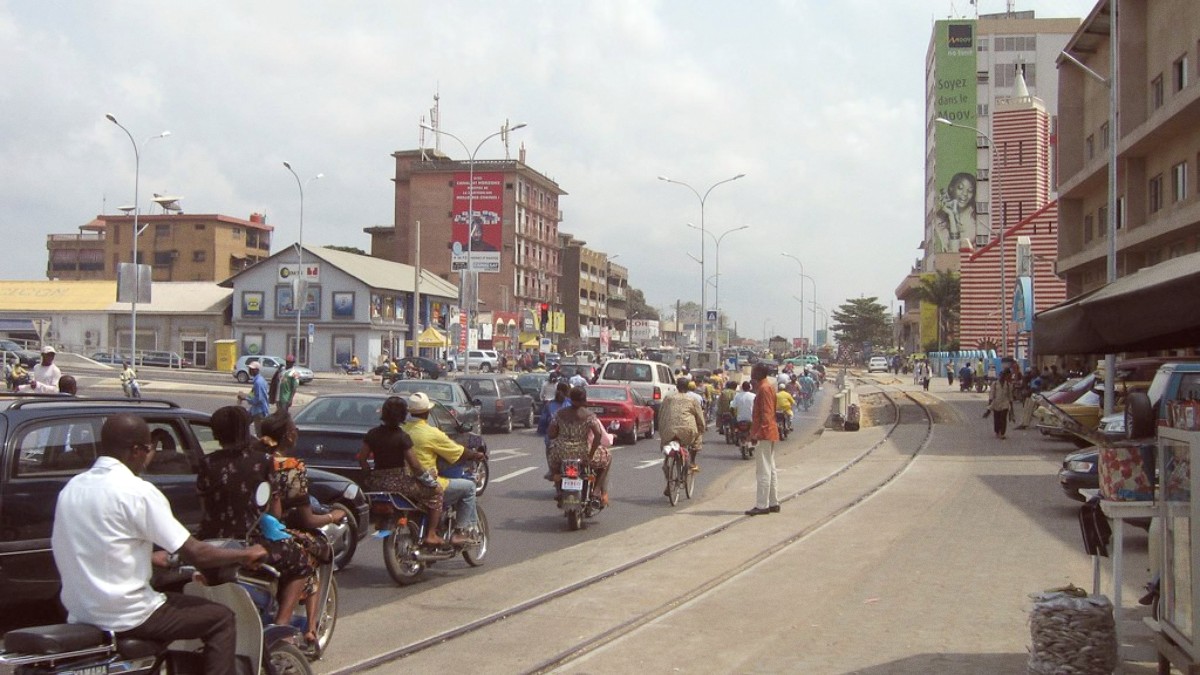
Benin
International car rental brands like Avis, Europcar, and Hertz have a limited presence, often through local partners. Several local rental agencies also exist.
Renting a car with a driver is highly recommended for tourists. This approach removes the stress of navigating challenging road conditions, aggressive local driving habits, and a lack of clear signage. A local driver also understands the best routes and cultural distinctions.
Motorcycle (Zemidjan) rentals for self-drive are generally not recommended for tourists. Cotonou's traffic is dense and chaotic.
No formal bicycle sharing programs exist. Rentals might be available from some guesthouses for specific excursions outside the city.
Zemidjans (motorcycle taxis) are the unique local transport option. Taxis Brousse (bush taxis) are shared minivans for long-distance routes.
Strongly discouraged outside urban areas due to unlit roads and difficult-to-see hazards.
Frequent police and gendarmerie checkpoints exist. Have documents ready and comply politely.
Using reputable bus companies or hiring a car with a local driver is safer than self-driving.
A high-stress driving environment with erratic drivers, pedestrians, and animals on the road.
While walking and cycling can offer close-up views of the city, Cotonou's infrastructure presents significant challenges for pedestrians and cyclists.
No formal hop-on-hop-off services or public tour buses operate. Organized tours usually involve private minibuses or cars arranged by independent tour operators or hotels.
Mainly found on Lake Nokoué for travel to Ganvié, the stilt village. Small motorized wooden boats (Pirogues) function as taxis to and from the village.
No cable cars or funiculars. The Zemidjan (motorcycle taxi) stands as the most unique and ubiquitous local transport experience.
Navigating Cotonou presents an unique adventure. The city's informal transport system, centered on zemidjans and shared taxis, provides an authentic local experience. Patience, clear communication, and awareness of your surroundings are valuable assets.
Embrace the chaos, and you will find getting around to be an exciting part of your Beninese journey.